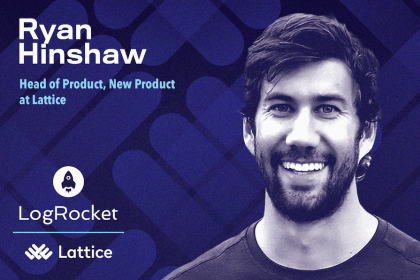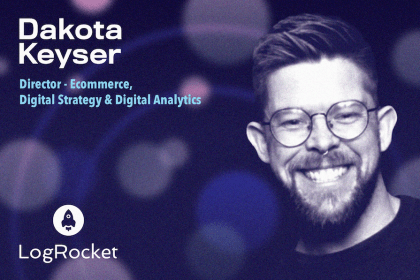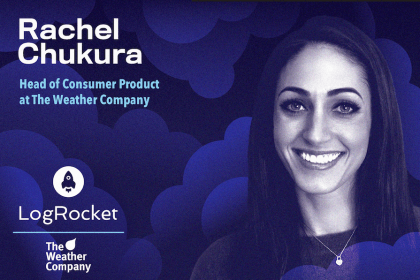
Ryan Hinshaw talks about how he helped implement a “startup inside of a startup” approach when developing an entirely new product at Lattice.

While many organizations struggle with a lack of data, others face the opposite challenge: an overabundance of data, which can lead to analysis paralysis.

A happy customer is an enthusiastic advocate for your brand, a loyal repeat customer, and a source of positive word-of-mouth.

Dakota Keyser talks about how he helped implement a data-driven culture in teams throughout the company in his past roles.

Galileo Highlights eliminates the need to watch hours of sessions by automatically summarizing each user’s experience and identifying patterns, friction points, and behavioral trends across groups of sessions.

A/B testing is a method of comparative analysis where two versions of a product change (A and B) are tested against each other.

Business operations refer to the day-to-day activities of a company that helps it run efficiently and generate value.

Deepa Muralikrishnan discusses how she continuously evolves products and their value propositions to meet changing factors.

Amy Saunders talks about how end-to-end customer experience is like a content supply chain, as well as the power of “and” instead of “or.”

Quality assurance (QA) is a proactive approach to ensure your products or services meet defined quality standards and customer requirements.

Rachel Chukura, Head of Consumer Product at The Weather Company, discusses how her team’s work enables users to make the best decisions.

D2C enables you to reach out to your customers directly while controlling the entire brand purchase and after sales experience.